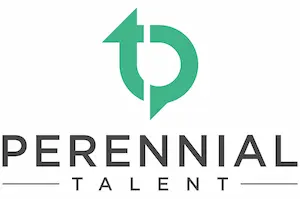Tips for Identifying Job Families
Are you looking for a way to organize your jobs? What about a way to arrange your career streams and career paths? Or how about a way to make competency profiling (i.e., identifying the key behaviours in your jobs) easier? Then look no further than job families.
What They Are
Job families describe a collection or group of jobs that share a similar function (e.g., HR, Sales, Administrative) and form a logical career path. They are not necessarily the same as departments. For example, there could be an Administrative Support job family that includes administrative jobs across all departments. The main criteria for a job family are that the jobs should share similar duties/responsibilities and form a logical career progression (e.g., IT Analyst, IT Senior Analyst, IT Engineer, IT Senior Engineer).
Why You Need Them
Job Families help you to optimize competency profiling and save you time and valuable resources. They help you to narrow down which competency profiles you will need to build. Remember, one competency profile can apply to more than one job. You can also involve fewer subject matter experts because you just need someone that is familiar with the jobs in the job family/career path.
How to Identify Job Families
Let’s explore 3 tips that you can use to identify job families.
Tip 1. Review data and information that your organization may have already collected
You can explore your organization’s job descriptions to see which jobs share similar duties or responsibilities. Another good resource is an organizational chart as this often will show you possible career streams and how jobs relate to one another.
Tip 2. Consider Industry Frameworks
Many industries have developed frameworks or models that describe the different types of jobs available regardless of the organization. For example, if you were looking to identify job families within the cybersecurity industry, you would want to refer to the National Initiative for Cybersecurity Education (NICE) workforce framework as it describes how jobs can be grouped based on the knowledge, skills, and abilities needed for successful performance.
Tip 3. Talk to the experts
Go to the source and speak with someone in your organization, a subject matter expert if you will, who has a deep understanding of the area and the jobs you are trying to describe. This person can help you to understand which jobs share similar knowledge, skills, and abilities and serve a common function.
The key to organizing competency profiles is… Job Families
Just remember that job families are important because they allow you to organize your jobs, arrange your career streams and career paths, and make competency profiling that much easier!


